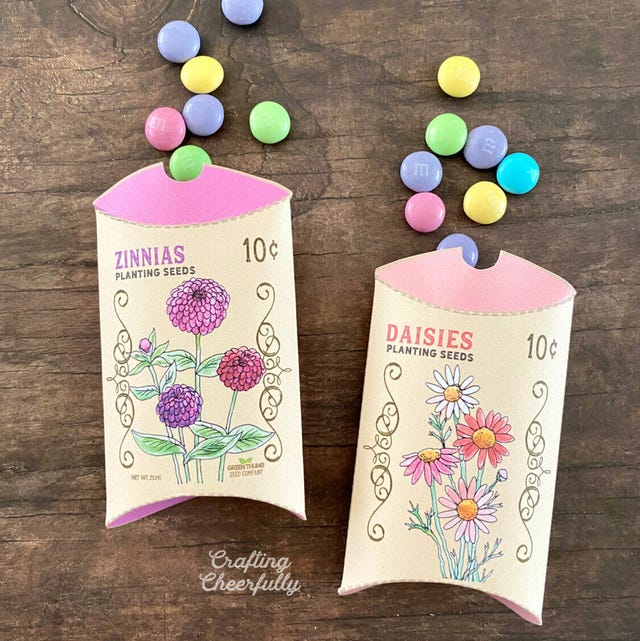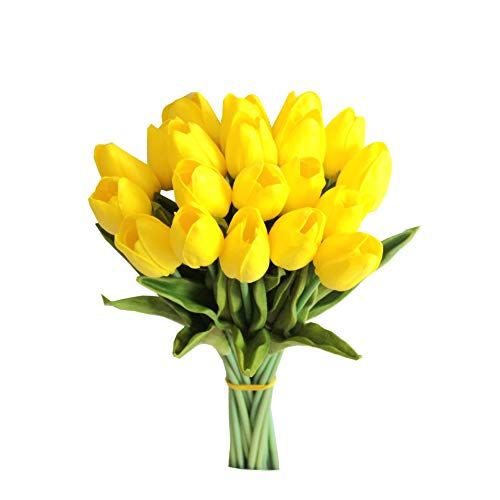The celebration of blooming flowers, spring activities, gift baskets, and rebirth is a holiday you May not be familiar with — and no, we’re not talking about Easter traditions. Though the two holidays are close in proximity with similar dress codes and pastel decor, May Day is a separate holiday that takes place on the first of May.
If someone wished you a "Happy May Day" or delivered you a basket of goodies for some strange reason, you may be looking for answers to these common questions: What is May Day? How do you celebrate May Day? And what do goody baskets have to do with this odd holiday? Keep reading to learn more about the origins of May Day, what May Day celebrates, and for May Day basket ideas, should you feel inspired to participate in the spring fun come May 1.
The festivities of May Day reach far and wide, spanning seas, centuries, and cultures. The celebratory spring day is acknowledged as an official holiday in 66 countries and honored unofficially in many more — the United States grouped with the latter. May Day joins a host of other May holidays including Mother’s Day, Memorial Day, and Cinco de Mayo, to name a few.
When is May Day 2023?
May Day always takes place on the first day of May. This year, May Day is on Monday, May 1, 2023.
What is May Day?
This seemingly simple question has a somewhat complex answer. May Day is best known as a celebration of spring in the northern hemisphere, but the day also marks International Workers’ Day.
Now, you may be a bit confused — and rightfully so. What do two vastly different things, spring and labor rights, have in common? And why are they both celebrated on May Day? To answer that, we must go back in time.
History of May Day
May Day dates back to the age of the Celts, in roughly 1000 B.C. during the Iron Age and The Roman Empire. The Celts inhabited the areas we now know as France, Spain, Britain, and Ireland. The Celts were made up of several smaller tribes, all with similar languages, traditions, and religious beliefs. They felt great ties to nature and celebrated many earthly wonders such as rivers, lakes, and cliffs. One of the most important celebrations in Celtic culture was Beltane, a festival which marked the end of the dark months (fall and winter) and beginning of the light months (spring and summer). This celebration is what we now call May Day.

MichiTermo//Getty Images
During the Industrial Revolution of the 1800s, the United States experienced great turmoil in the labor sector. There were very few protections in place for workers, so many men, women, and children worked long hours, doing excruciating labor, causing many to die. This unrest came to a head on May 1, 1886, as more than 300,000 workers walked out in protest of poor working conditions and in support of an eight-hour work day in the United States. This labor strike marked May 1 as International Workers’ Day as well.
Why is May 1 called May Day?
As noted earlier, the Celts split the year into two parts: dark months and light months. The celebration of the dark months takes place on Halloween (October 31) or as the Celts named it, Samhain. Exactly half a year later on May 1 is the celebration of the light months. That is why this important celebration falls on May 1. While the Celtic title, Beltane, and May Day can be used interchangeably, May Day tends to roll off the tongue a bit easier. This is why the name is more widely used, though areas of great Celtic ancestry such as Scotland and Wales still refer to the celebration as Beltane.
People around the world started celebrating Workers' Day on May 1 after the Haymarket Riot in May of 1886, according to the History Channel. However, not many people in the United States know about the day's relation to May Day, because of legislation passed by the U.S. government in 1894. In May of that year, railroad workers protested the harsh layoffs of the Pullman Company. The strike was so effective, it halted rail traffic in 27 states, causing companies to turn to the federal government for help. To recognize workers’ struggles and settle national unrest, President Grover Cleveland signed a bill into law that named the first Monday of September as a federally recognized holiday for labor workers, otherwise known as Labor Day. This meant that the unofficial date for workers’ rights, May 1, was moved and renamed, getting its own day of recognition. Even so, many people in the United States and across the globe still fight for workers’ rights on May Day.
Who celebrates May Day?
Because of its origins in Celtic culture, areas with strong Celtic ancestry such as France, Spain, Britain, Ireland, and the United States celebrate the seasonal holiday of May Day. Though the day is rooted in Celtic culture, the holiday has been embraced by many other countries and people. Anyone is welcome to participate and honor the meaning of May Day by welcoming the light months of spring and summer.
Many more countries, 66 to be exact, celebrate the laborial meaning of May Day, including China, North Korea, and Cuba. They use the day to protest working conditions in their countries to hopefully enact change. The holiday has picked up steam particularly in countries with ties to communism and the Soviet Union.
May Day Traditions
Singing, bonfires, and floral decorations are some common ways to celebrate May Day, according to National Today. But perhaps the most intriguing is the tradition of the maypole. No Beltane celebration is complete without one. A maypole is a large pole with colorful ribbons attached to the top that is often placed in the woods outside of towns and villages. Communities dance around the poles while weaving the ribbons and compete to see who has the tallest maypole. The pole symbolizes male fertility, so it was believed the taller the pole, the more fertile the man.
The most well-known tradition of May Day is the gifting of May baskets. Similar to maypoles, May baskets symbolize the fertility of women. Many people create baskets of candy and other small goodies to bring to friends and family in honor of this celebration. Traditionally, May baskets must be left for unsuspecting neighbors. The giver yells, “May basket!” and dashes away before the receiver spots them.
May Day Basket Ideas
If you’re feeling inspired to join in on the May Day fun, you can buy or DIY a May basket to give to a neighbor, friend, or family member. It’s a great opportunity to break out the craft bin and have a bit of fun with those closest to you in celebration of the spring season. Below are a few simple May Day basket how-tos, as well as easy-to-order options if you're short on time.
DIY May Day Basket Ideas

Lampshade Bin
Erika La Presto/Studio D
Paper Basket Craft
See Vanessa Craft
Giant Crepe Paper Roses
Studio DIY
Flower Seed Treat Boxes
Crafting CheerfullyShop May Day Baskets and Fillers
Light Blue Paper Berry Baskets
Yellow Artificial Tulip Silk Flowers
Welch's Fruit Snacks Variety Pack

Editorial Assistant
Kate Franke (she/her) is the editorial assistant at Woman’s Day. She loves all things lifestyle, home, and market related. Kate has a BAJMC in Magazine Media and BA in Writing from Drake University. She is a proud ASME alum whose work has appeared in Food Network Magazine, The Pioneer Woman Magazine, Better Homes & Gardens, Modern Farmhouse Style, Beautiful Kitchens & Baths, and more. Next to writing, Kate’s two favorite things are chai lattes and pumpkin bread!












